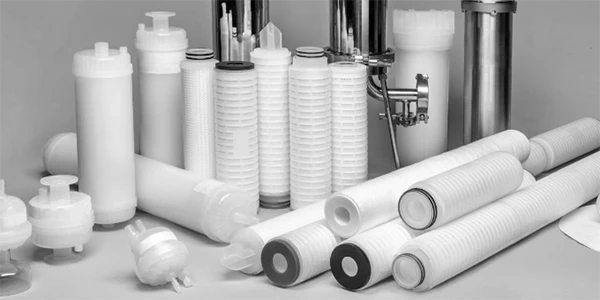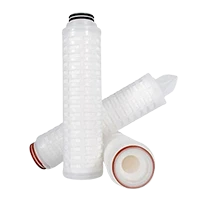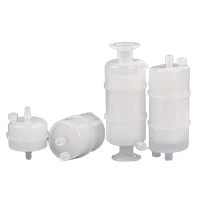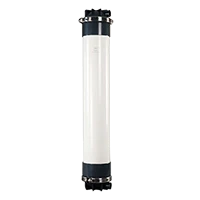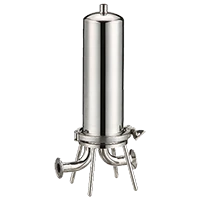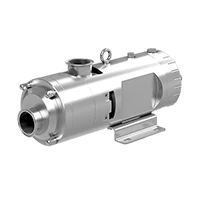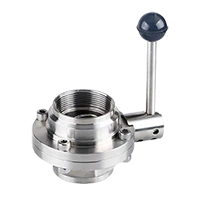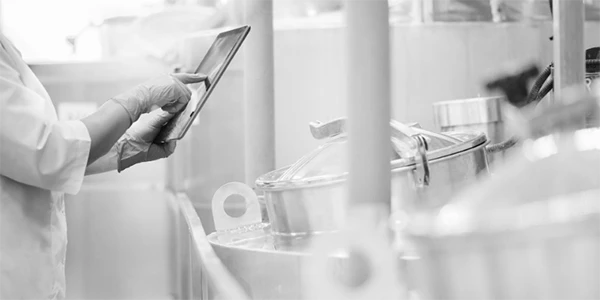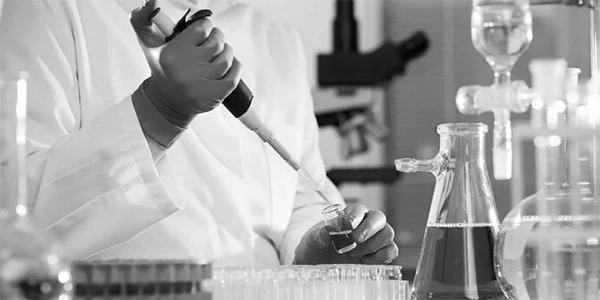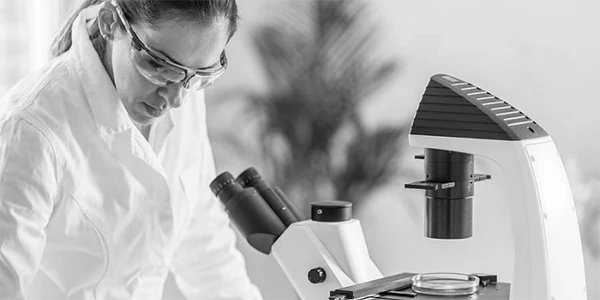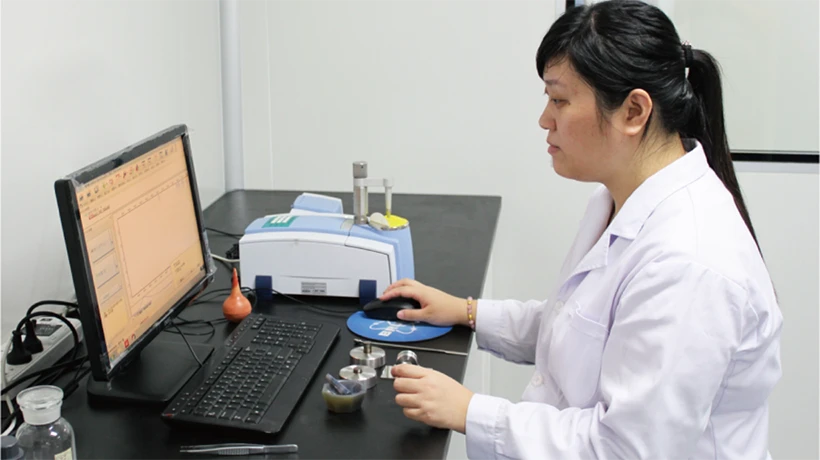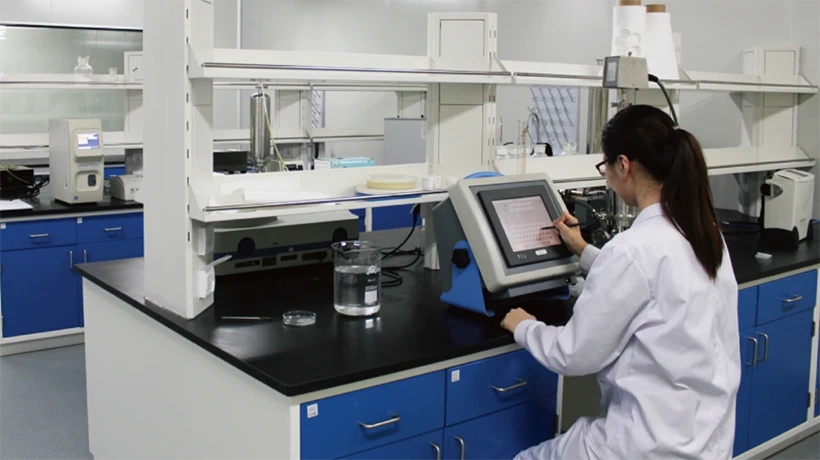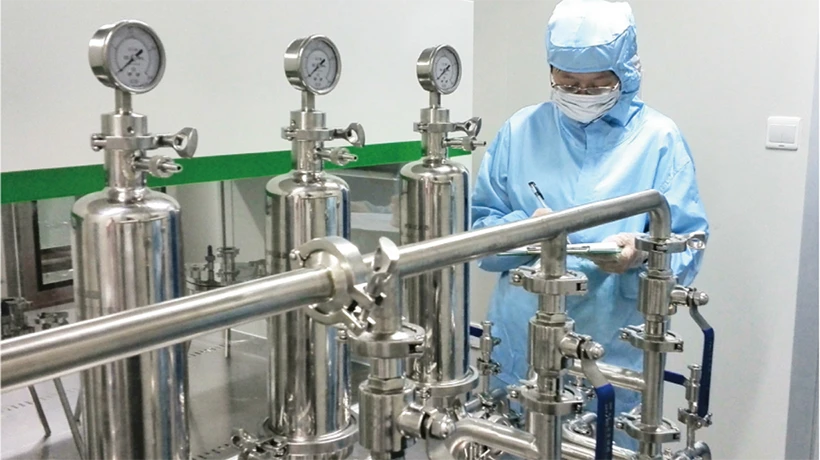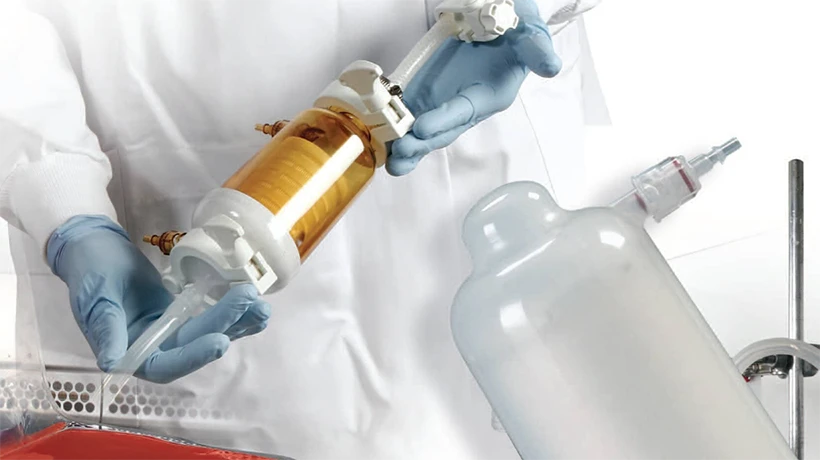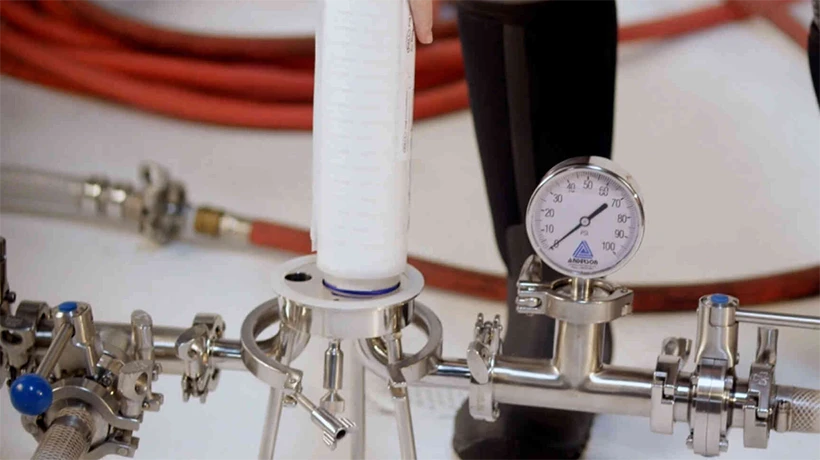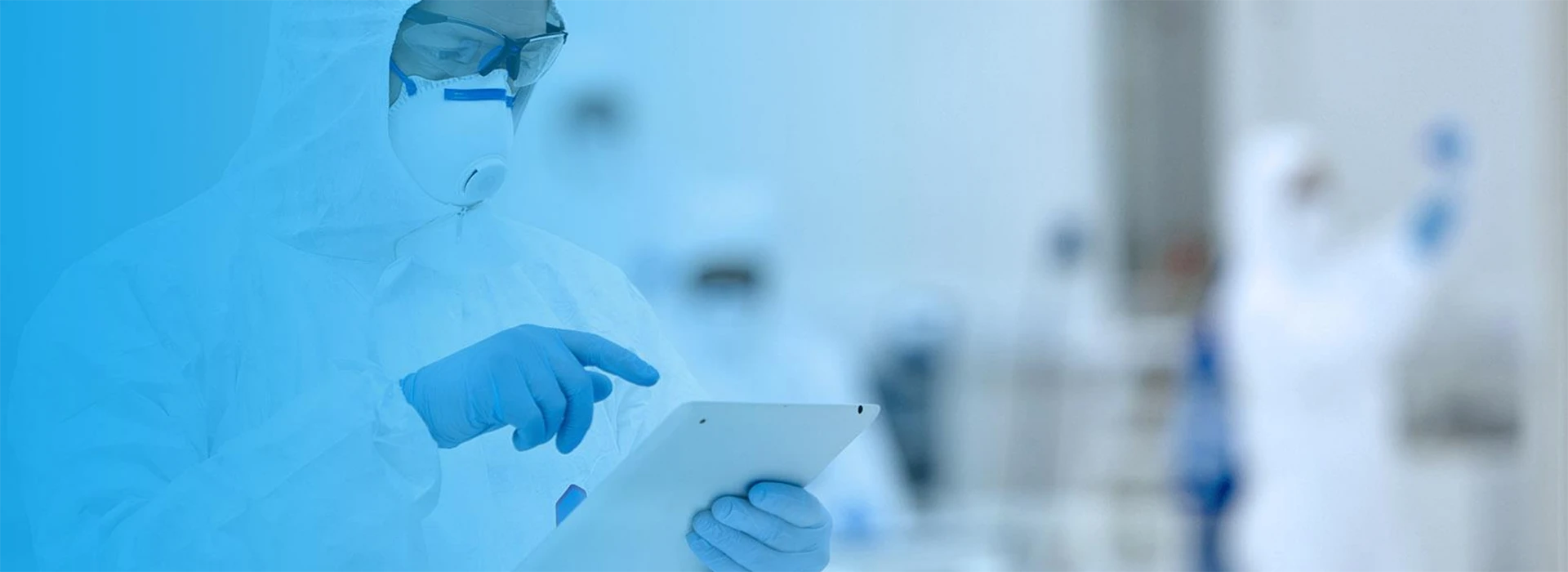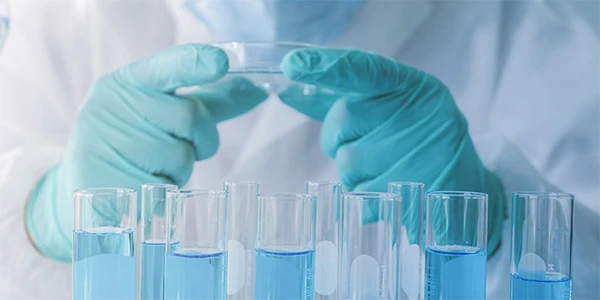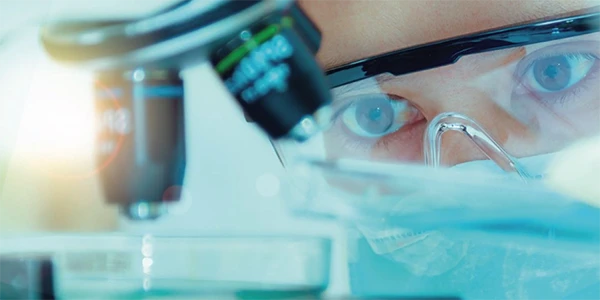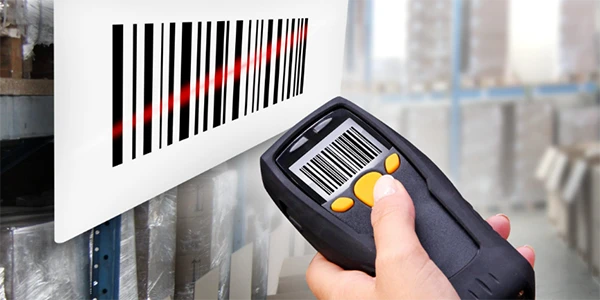The testing and verification process can ensure that products such as folding filters provides accurate and reliable performance in the industry environment, and comply with domestic and foreign sanitary equipment standards and specifications.
- Home
- Products

We provide a one-stop procurement service for sanitary grade filter materials and accessories, reducing your procurement costs.
Read More - Industries

We specialize in providing filtration products and services for the microelectronics, biopharmaceuticals, and food and beverage industries with high hygiene needs.
Read MoreIndustries - Quality Assurance

Quality is our mission, and it is our duty to ensure that our products meet industry demands.
Read MoreQuality Assurance - Knowledge

Provide product selection guidelines and technical knowledge services to reduce your selection costs.
Read MoreKnowledge - About

Welcome, we are a global supplier of sanitary filtration media and accessories, specializing in providing sanitary filtration solutions.
Read More - Contact

